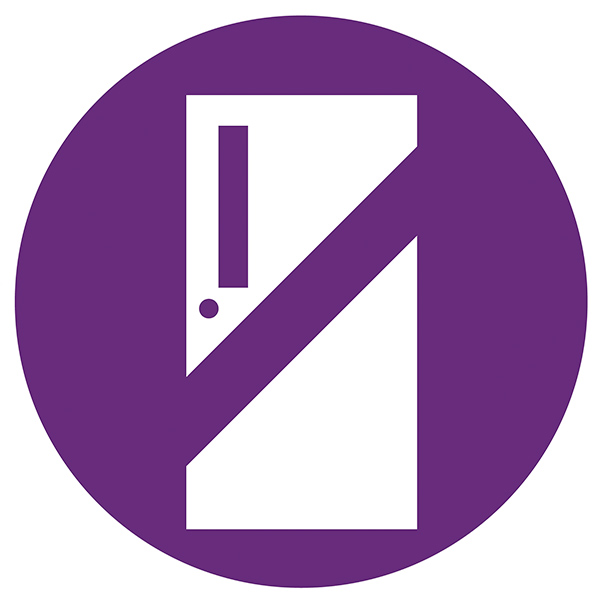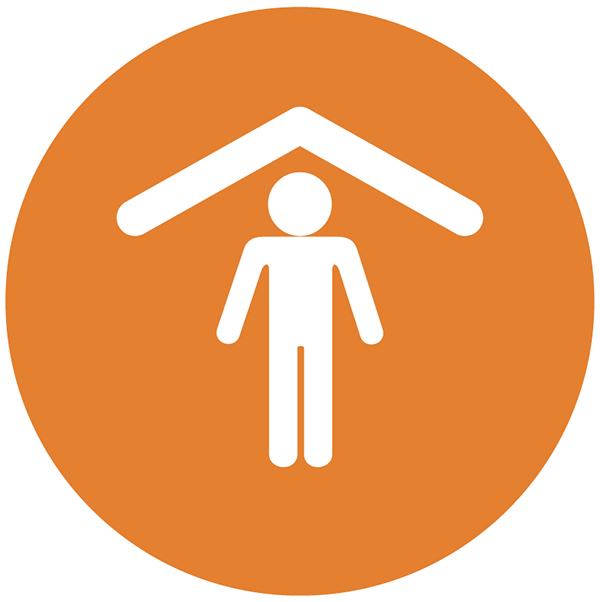Standard Response Protocol

These SRP's are practiced regularly each school in the form of drills. State law actually dictates that number of times each semester each drill has to be practiced. In addition to the SRP Drills, we also have Fire Drills, Severe Weather Drills & Evacuation Drills.
Each of our SRP's are listed below along with a brief description of the protocol. You can click on the icon of each SRP for more detailed information on each protocol.
The five terms used in SRP directives are: Hold, Secure (Lockout), Lockdown, Evacuate, or Shelter. Examples of each directive, and the public address, or what is announced via an intercom or other public address system, along with the response actions to be taken for each directive are listed below.
HOLD

The public address for Hold is: "Hold in your room or area. Clear the halls" and it is repeated twice each time the public address is performed. The primary objective is to keep students out of the hallways in a specific area for a brief period of time. Examples include an emergency medical situation, an altercation that needs to be addressed, or a large spill in a hallway floor which may pose a risk to students.
SECURE (Lockout)

The public address for this directive is “Secure! Get Inside. Lock outside doors” and it is repeated twice each time the public address is performed. The response action schools take is to secure the perimeter of the buildings and grounds during incidents that pose a threat or hazard outside. Secure (Lockout) uses the security of the physical facility to act as protection to deny entry. Examples include a violent criminal in the area being pursued by law enforcement or a stray wild animal on the school property that appears aggressive in nature.
LOCKDOWN

The public address for this directive is "Lockdown! Locks, Lights, Out of Sight!" and it is repeated twice each time the public address is performed. The response action schools take is to secure interior portions of school buildings and grounds during incidents that pose an imminent threat of violence inside the school. The primary objective is to quickly ensure all students, staff and visitors are secured away from immediate danger. Examples include an intruder or an active shooter.
EVACUATE

The public address for this directive is: "Evacuate! (A location can be specified)." and it is repeated twice each time the public address is performed. For example, "Evacuate! To the Flag Pole. Evacuate! To the Flag Pole." The response action schools take is to quickly move students and staff from one place to another. The primary objective is to ensure that all students, staff, and visitors can quickly, and in a safe, orderly manner, move away from the threat. Examples include the possibility of a fire, or when there is a need to clear the building due to a chemical spill or other such hazard inside the building.
SHELTER

There are two different forms of “Shelter” directives. One is a “Shelter-in-place” and the other is referred to as “Shelter for severe weather.” The public addresses for a shelter directive should include the hazard and the safety strategy. The public address is repeated twice each time the public address is performed.
If the “Shelter-in-place” directive is announced, the response action schools take is to quickly move students, staff, and visitors indoors, perhaps for an extended period of time, because it is safer inside the building than outside. Affected individuals may be required to move to rooms without windows or to rooms that can be sealed. Shelter-in-place for hazmat examples include train derailment with chemical release or smoke from a nearby fire.
If the “Shelter for severe weather” directive is given, the response action schools take is to quickly move students, staff, and visitors indoors, perhaps for an extended period of time, because it is safer inside the building than outside. For severe weather, depending on the type and/or threat level (“watch” versus “warning”), affected individuals may be required to move to rooms without windows on the lowest floor possible or to a weather shelter.